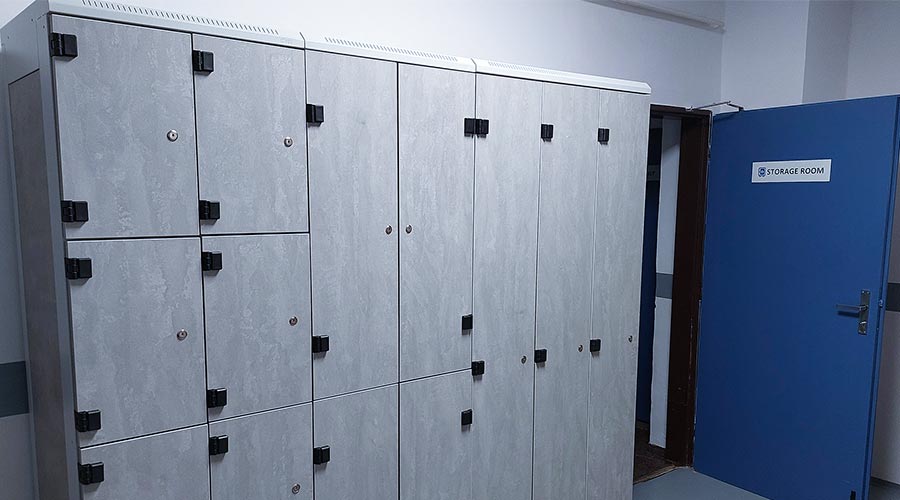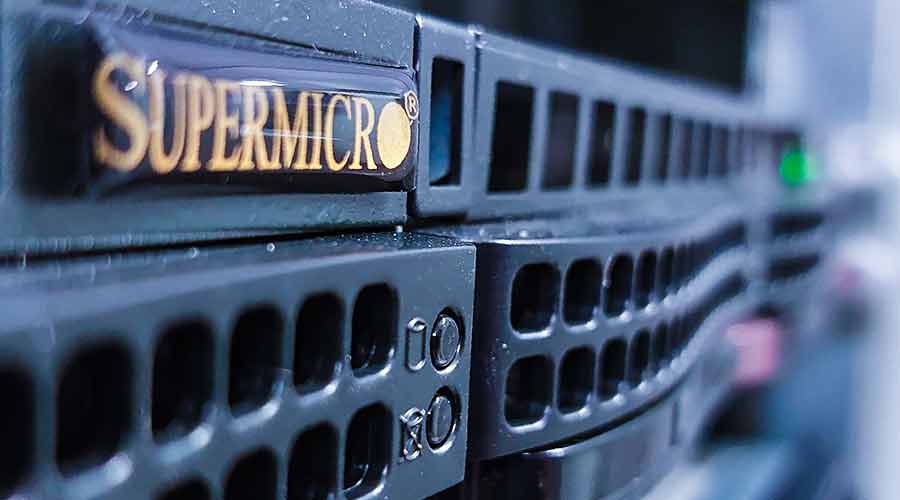We have already learned how to perform the basic system setup and enable remote access via RDP. Today, we move on to look into the basic steps of system personalisation.
Perhaps the most basic step to take in order to modify the system to our liking, as well as a fundamental step in terms of safety, is to set and change the access password for our account.
The first password, for the Administrator account, has already been set as part of the system installation. However, it is good to consider changing it from time to time for the sake of improved system safety. It is also good to observe the basic rules of choosing a safe password:
- If possible, choose random characters as opposed to words or names.
- Combine lower case and upper case letters, numbers and special characters.
- The password should be at least 8 characters long.
- Never give your password to anyone or write it down.
A password that is safe as well as easy to remember with a little bit of effort may look something like this: k0mP12.server, sER.ver.vKulne1.
Alternately, you can use one of many online generators of safe and easy-to-remember passwords.
Safepasswd is among the popular ones.
The password change itself can be performed via the Control Panel tool in Windows. First, click the Windows menu:

After clicking, a menu with the Control Panel tool appears. Click it.

Select the User Accounts menu and click it.

Continue by clicking Change Account Type.

Here, select the account that you want to change the password for. In our case, it would be the Administrator account.

Finally, click Change the password.

At this point, a screen appears that lets us enter the current password and then enter a new one twice.

We can also set a cue in the last box. The cue is visible to everybody who attempts to connect to your server, meaning it should not be the password itself or anything that would directly give it away to an unauthorised person.
Finally, click Change password and you’re done.
Besides the password change, a lot of users also seem to struggle when it comes to setting up their time zone and time/date in general. So let’s have a look at that issue as well.
First, open the Server Manager tool, which we have already been working with in the previous part of the series.

Now select the Local Server again.

In the right part of the main window, we can see the Time zone item. Now it is up to you to choose in which time zone you want the server to operate. It does not necessarily have to be the actual time zone that the server is physically located in, although it is the most common setting.

Click the blue link with the time zone specification.

The time zone and time settings appear. Click Change time zone.

Here, we can freely choose the setting that suits our needs.

Furthermore, it is necessary to make sure that the computer will regularly synchronise with a trustworthy NTP server, preventing delay. This can be absolutely vital in situations such as using the server for stock market trading or other time-intensive applications.
Select Internet time in the time settings menu.

Here, click Change settings. If the synchronisation is set up and active, we can leave the settings as they are and use one of the pre-set Internet time servers.

Alternately, you can opt for any NTP server that you prefer by clicking the box with the time internet server name and entering the required name. Servers tik.cesnet.cz or tak.cesnet.cz are some of the many popular, reliable and very accessible time servers.

When the settings have been changed, don’t forget to click Update now and OK. Basic system setup is not complete. Next time, we shall advance yet further.
Author: Jirka Dvořák




